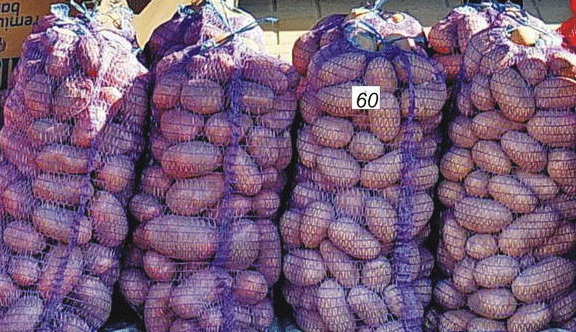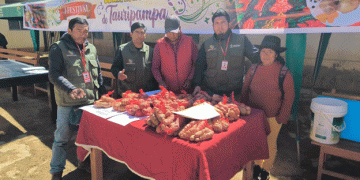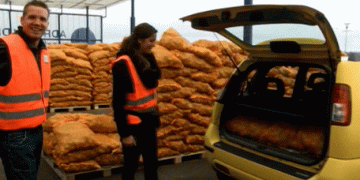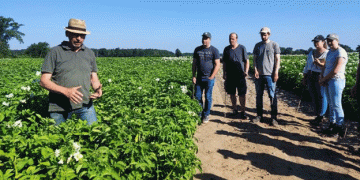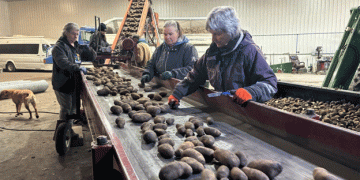The annual potato harvest is a crucial event for Russian agriculture, and 2024 has been no exception, especially for the country’s potato heartlands, Bryansk and Tula Regions. As harvest season comes to a close, agronomists and farmers reflect on a year that brought a mix of promising yields and market fluctuations.
A Year of Weather Extremes
The 2024 growing season presented significant challenges. According to Vladimir Mazurov, Director of the Kaluga Agricultural Research Institute, the weather was highly erratic. “April was hot, May brought unusual frosts, June turned wet and hot, July was just as sweltering, and August was both hot and dry. September continued the trend of unpredictable weather,” Mazurov explained. These extreme and shifting weather patterns put stress on potato crops, affecting their growth cycles and overall yield.
Despite these conditions, potato yields have remained respectable. One major potato-growing enterprise in Tula Region reported an average yield of 330 centners per hectare, growing over 25 different varieties to cater to evolving consumer demands. “Today’s buyers are specific,” says chief agronomist Roland Kaplanyan. “Some want potatoes that boil well, others for frying, and there are preferences for white or yellow flesh.” Although the yield is slightly lower compared to the previous year, Kaplanyan is confident that the strong prices will balance the reduced volume. In his words, “We calculate revenue per hectare, and in 2024, that figure looks very good.”
Price Trends and Market Dynamics
Market prices for potatoes have experienced notable fluctuations. According to Rosstat, prices surged to nearly 45 rubles per kilogram in September, then dipped slightly, only to rise again to 45.95 rubles per kilogram by late October. These retail prices contrast with stable farmgate prices, which have remained between 20 to 25 rubles per kilogram. The disparity between farm and retail prices is a point of ongoing discussion and frustration for both producers and consumers.
The potato market has changed in more ways than one. Compared to 2021’s disastrous harvest, which forced many farmers to cut back on planting, this year’s outcome seems far more stable. Bryansk farmer Dmitry Dobronravov notes that, while the harvest is not record-breaking, it is more than sufficient. “Believe me, there will be enough potatoes,” he assures. Even if winter prices end up slightly higher than last year, the difference is not expected to be dramatic.
Shifts in Consumer Habits and Market Preferences
Consumer preferences have also been evolving. According to Vladimir Mazurov, there is a growing demand for “fitness” potato varieties with lower starch content. Additionally, the tradition of stockpiling potatoes for winter is becoming less common, as people now prefer to buy fresh produce throughout the year. Although quick-service restaurants continue to rely heavily on potatoes, Bryansk and Tula farmers primarily grow table varieties, not those suitable for processing into chips or fries. Consequently, many farmers aim to sell as much of their crop as possible in retail markets, where prices are more favorable.
Denis Cherkashin, the chief agronomist of a large Bryansk farm, highlights that their yield averages 250–300 centners per hectare. His farm operates on fixed-price contracts, ensuring a degree of financial stability. However, Cherkashin notes the challenges in supplying the processing industry, which often demands lower prices. This focus on stable and profitable retail sales aligns with the favorable outlook shared by many farmers this season.
While 2024’s potato harvest did not reach the heights of last year’s record, it has proven resilient in the face of extreme weather. The industry is adapting to consumer demands and market changes, and although challenges remain—such as price fluctuations and evolving dietary preferences—the outlook is cautiously optimistic. Storage facilities are full, and the nation’s “second bread” appears well-secured for the months ahead.
